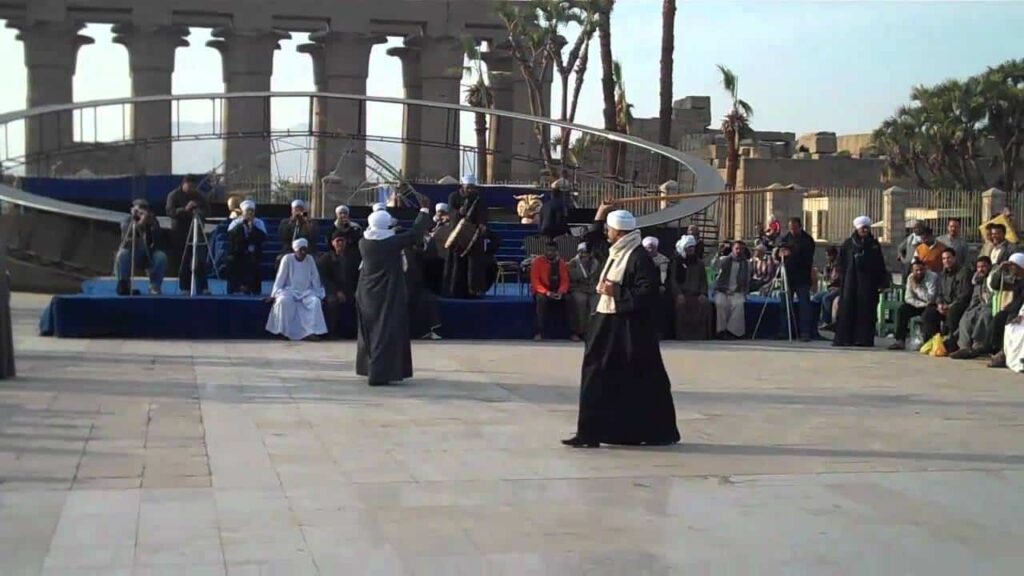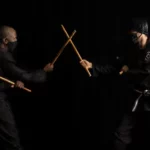Traditionally named “fan a’nazaha wa-tahtib” (meaning the art of being straight and honest through the stick) is an African form of martial art known as Tahtib. This “traditional” martial art form is said to have originated from city of Cairo located in Egypt. It is also a unique form of martial art that comprises of music. Furthermore, in the English language this martial art form is commonly known either as “stick dance”, “cane dance”, or “stick dancing game”.
a. History/origin of the Tahtib:
Apparently, the existence of the Tahtib was first discovered through engravings found in Abusir, a popular archeological site in Egypt located in the city of Cairo. These images actually depicted soldiers practicing a form of warfare using sticks which then termed as Tahtib. Furthermore, more engravings depicting Tahtib could also be seen at an archeological site called Tell El Amarna. In addition, literature belonging to the Christian community available in the country also mentions the use of this form of martial art during festive occasions such as weddings.
b. Weapons used in the Tahtib:
The weapon essentially used in this “Egyptian” martial art form is a stick about four feet in length, and is commonly referred to as “asa, asaya, assaya, or nabboot”.
c. Technique involve in the Tahtib and training availability:
In terms of technique, the fighters involved swinging the four feet long stick across the body creating large figure eight patterns. Furthermore, the fighters in this martial art form use a costume known as a “baladi”. In addition, the fighter/performer also balances the stick on the head, hip, or shoulder. As for training centers/schools, there are none available around the world since this “traditional” form of martial art is mainly performed in Egypt.
image credit ')}







